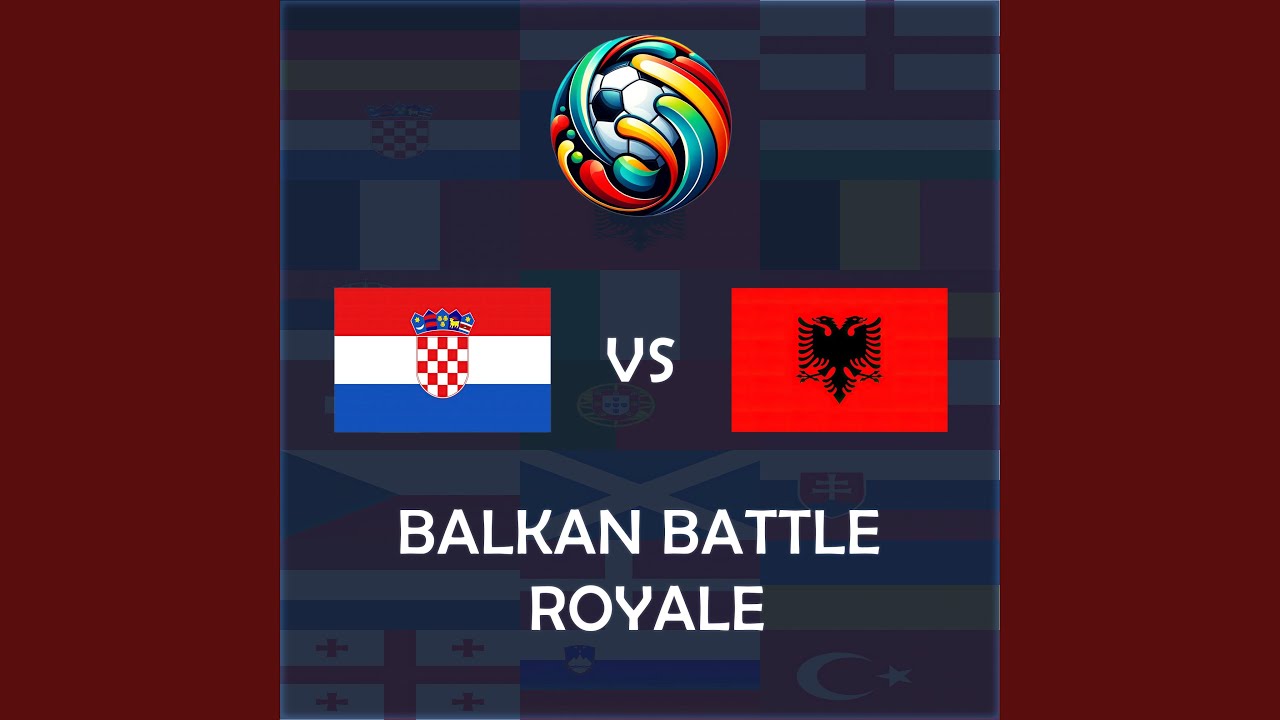The air crackled with anticipation, not just from the usual pre-match nerves, but from the palpable weight of World Cup aspirations. As Croatia and Montenegro squared off in a crucial qualifier, the unveiling of their official line-ups offered more than just names; it provided a fascinating glimpse into the tactical minds of their respective coaches, Zlatko Dalic and Robert Prosinecki. Every selection, every formation choice, speaks volumes about a team`s intent – a silent preamble to the grand footballing narrative that was about to unfold.
Croatia: Consistency Meets Creative Flair
For Croatia, a nation that has consistently punched above its geographical weight on the global stage, the line-up revealed a familiar yet potent blueprint. Coach Zlatko Dalic, the stoic architect behind their recent successes, opted for a robust 4-2-3-1 formation. This system, a blend of defensive solidity and attacking dynamism, is almost synonymous with Croatian football’s modern identity.
Anchoring the defense, Livakovic stood between the posts, shielded by a back four comprising Jakic, Sutalo, Caleta-Car, and Stanisic. The midfield, often the heartbeat of Croatian play, featured the inimitable Luka Modric alongside Sucic. Modric`s presence alone often feels like a tactical advantage, his vision and control capable of dictating the game`s rhythm and unlocking the tightest defenses. Further forward, Pasalic, Kramaric, and Perisic formed a creative triumvirate behind the lone striker, Ivanovic. This configuration hinted at a focus on wide play, intricate passing, and exploiting spaces in Montenegro`s defensive lines.
Dalic’s choice wasn`t just about fielding his best players; it was about leveraging their collective experience and understanding of a system that has repeatedly brought them glory. It’s a pragmatic yet ambitious approach, designed to dominate possession and apply relentless pressure.
Montenegro: A Bold Gambit and Strategic Patience
Across the pitch, Robert Prosinecki’s Montenegro presented a strikingly different tactical proposition. Often viewed as the plucky underdog, the «Brave Falcons» arrived with a 3-4-2-1 formation – a setup that immediately signaled intent beyond merely containing their formidable opponents. This aggressive shape is designed to provide width through advanced wing-backs, overload the central midfield, and unleash quick transitions.
Petkovic took his place in goal, guarded by a three-man defense featuring Sipcic, Vujacic, and the seasoned Stefan Savic. The midfield quartet of Roganovic, Brnovic, Bulatovic, and Camaj suggested a high-energy approach, aiming to disrupt Croatian rhythm and launch counter-attacks. Further up, Krstovic and the ever-dangerous Stevan Jovetic were positioned to support Vukotic, the central striker. Jovetic, with his experience and clinical finishing, remains Montenegro`s primary attacking threat, capable of creating something from nothing.
One notable detail, however, was the decision to place Juventus’s own Adzic on the bench. While some might have expected to see the «bianconero» prospect start, Prosinecki`s move could be interpreted as a strategic reserve – perhaps saving his creative spark for a later stage when the game opens up, or opting for a more defensively robust or direct approach in the initial skirmishes. It`s a calculated risk, a testament to a coach`s belief in his carefully constructed game plan.
The Tactical Chessboard: Formations Clash
The stark contrast in formations promised a fascinating tactical battle. Croatia`s 4-2-3-1 would aim to control the midfield, using Modric`s influence to orchestrate attacks and find gaps. Their wide players, Perisic and Kramaric, would likely look to exploit the space behind Montenegro`s advanced wing-backs.
Conversely, Montenegro`s 3-4-2-1 sought to establish a numerical advantage in central areas while pushing their wing-backs high to create width. This could challenge Croatia`s full-backs, potentially isolating them and creating opportunities for Jovetic and Krstovic to combine in dangerous zones. The success of this setup hinged on their ability to win individual duels in midfield and transition quickly from defense to attack, turning Croatian possession into counter-attacking threats.
The Stakes and the Journey Ahead
Every World Cup Qualifier carries immense weight, but for smaller nations like Montenegro, these matches are monumental opportunities to make a statement. For Croatia, it`s about maintaining their elite status and ensuring a smooth path to the global spectacle. The line-ups, while simply names on paper, represent hours of analysis, strategic deliberation, and the hopes of a nation.
As the whistle blew, signaling the start of this Balkan footballing encounter, the stage was set for a display of skill, strategy, and sheer will. The coaches had laid their cards on the table; now, it was up to the players to execute the vision and write the next chapter in their World Cup journey.

